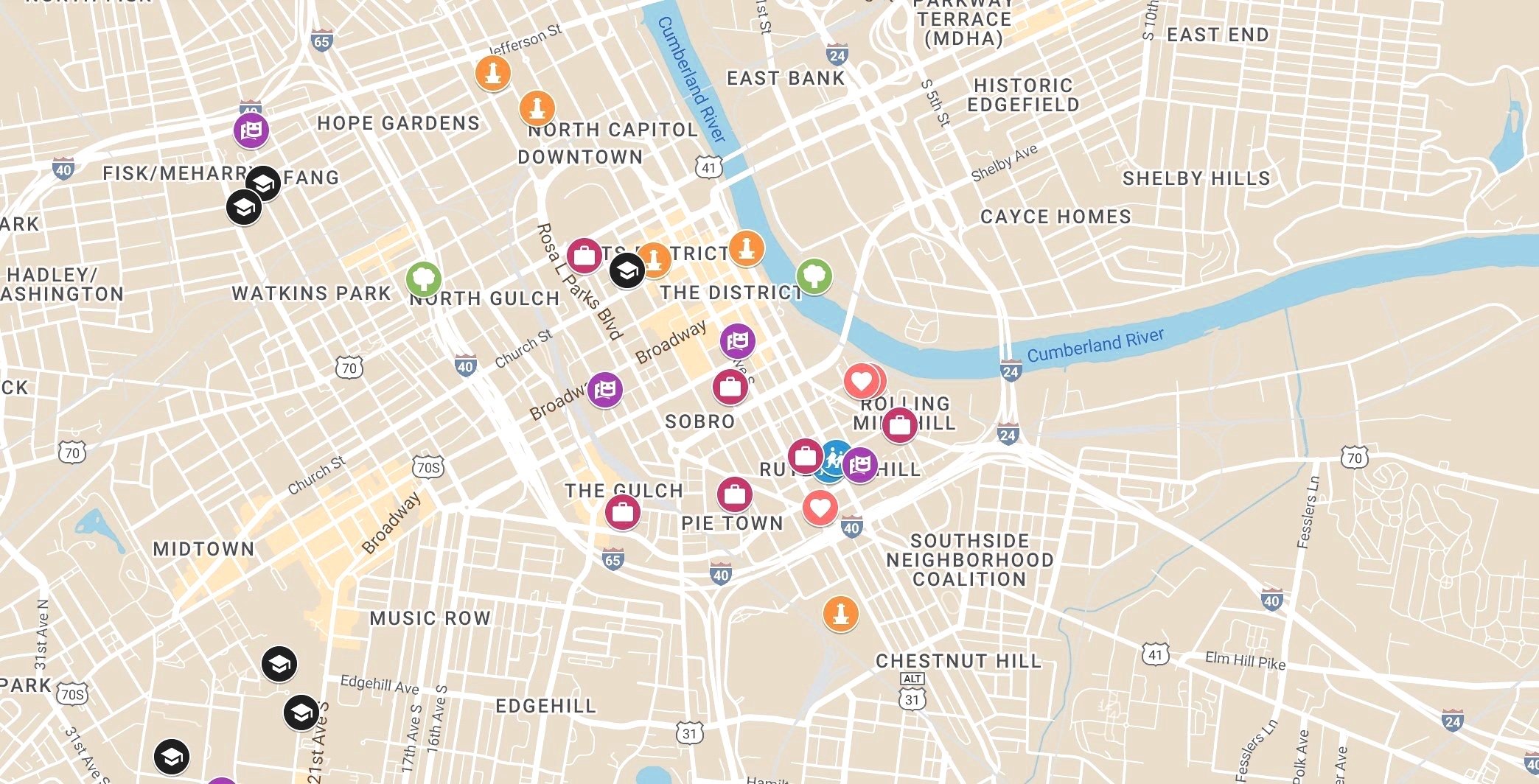
what are Anchor Institutions?
Anchor institutions are organizations that are rooted in a specific geography by property holdings, historical legacy, and the knowledge that their well-being is directly tied to that of local communities. Given their potential socio-economic impact, anchor institutions are intentional in how they leverage their social capital, human resources, and financial assets to be neighbors that add vitality and sustainability to their communities.
The anchor institution movement includes large organizations like universities, hospitals, foundations, museums, and libraries. But as the movement grows, nonprofit organizations, places of worship, airports, sports arenas, utilities, and schools are adopting anchor strategies to engage and contribute to their neighborhoods, towns, and cities. In fact, smaller, more nimble organizations that are closely tied to neighborhoods are forming a growing edge of the movement that approaches impact as a collaborative action that builds community wealth and health.
The anchor institutions movement was started by universities and hospitals in the 1990s in large U.S. cities: Philadelphia, Chicago, New York City, Atlanta, San Francisco, Newark, and Cleveland. In subsequent decades, suburban and rural universities and hospitals in states like Iowa, Indiana, Missouri, and Minnesota joined in, seeing the positive impact their urban peers were having in their communities. Today, the movement continues to grow across the U.S. and around the world, with anchor institutions in South Africa, Ireland, Australia and the United Kingdom.
Anchor institutions have the following key characteristics:
Mission-Driven — They embrace their social responsibility and public purpose
Enduring — They are committed to a geographic place
Impactful — They mobilize significant resources for local economic impact
Responsible — They leverage their social and political capital to drive well-being
Strategic — They apply comprehensive, institution-wide approaches
Equity-Based — They actively center marginalized voices and priorities
WhY K-12 schools?
Schools have often played a key role in the life of communities. Especially in underserved urban areas, but also in suburbs and rural towns, schools can be hubs for families and residents to access information, resources, and other important services.
By using anchor institution strategies to resize and reconfigure K-12 organizations today, schools will become even more powerful in their efforts to create systemic change in the world, especially when they collaborate with other institutions.
In the wake of the COVID-19 pandemic, schools have an opportunity to adopt a new paradigm for how they operate and exist as members of neighborhoods, towns, and cities. It is time for K-12 schools to envision their place in the world as anchor institutions and take conscious steps to help build a more just society.
